You can contact LEARNZ, part of CORE Education, at:
Postal Address:
PO Box 13 678,
Christchurch 8141,
New Zealand
Traffic congestion can affect us in many ways. NZTA uses a variety of methods to reduce congestion.
Road users say a road is congested when its speed falls below an acceptable level. Engineers classify a road as congested when more vehicles try to use it than it has capacity to carry.
Congestion adds extra cost and time, as well as stress, to individuals, businesses and to the economy as a whole. The extra fuel used and the higher-than-necessary level of vehicle emissions also add cost to individuals and society.
People’s lives are affected if they need to make changes to their routines to avoid delays or make allowances in case of unexpected delays. Unexpected delays further affect people if they are late to, or even miss, an event or appointment.
Because of the monetary and quality-of-life costs of congestion, the Transport Agency tries to reduce significant congestion where possible. If nothing was done to manage congestion, conditions would continue to deteriorate and travel times would continue to get longer and less dependable. This also affects public transport.
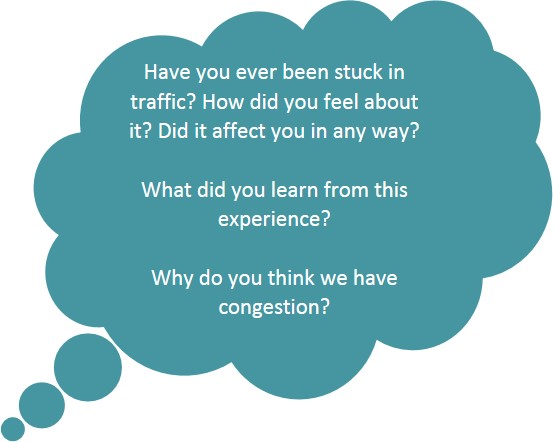
There are many ways to ease congestion, including:
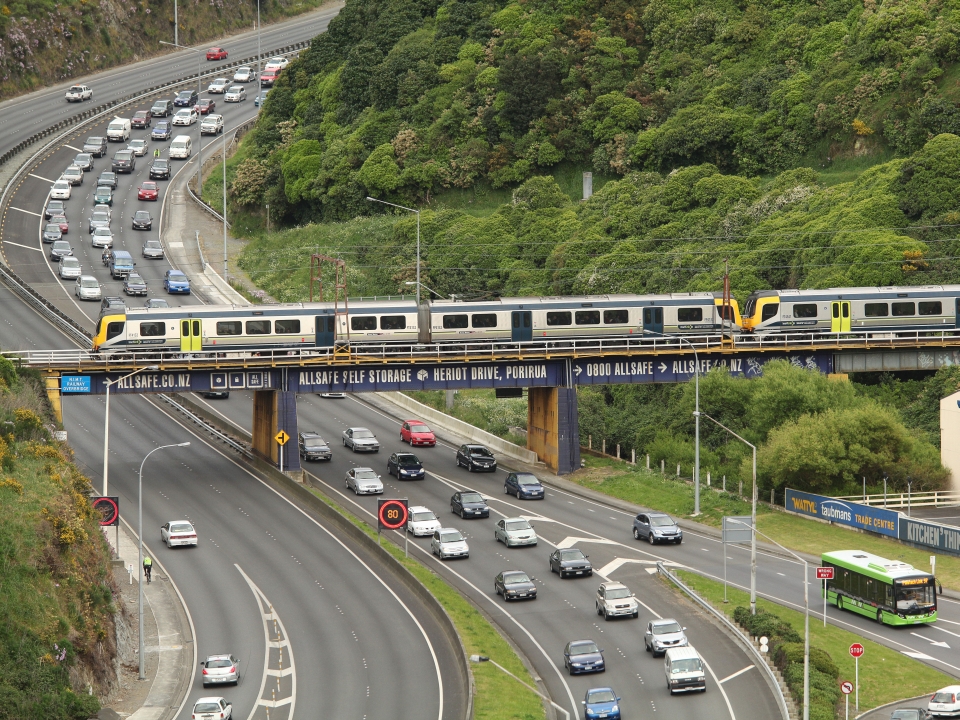
,Traffic congestion affects people in many ways. It can also affects the environment. Image: NZTA.
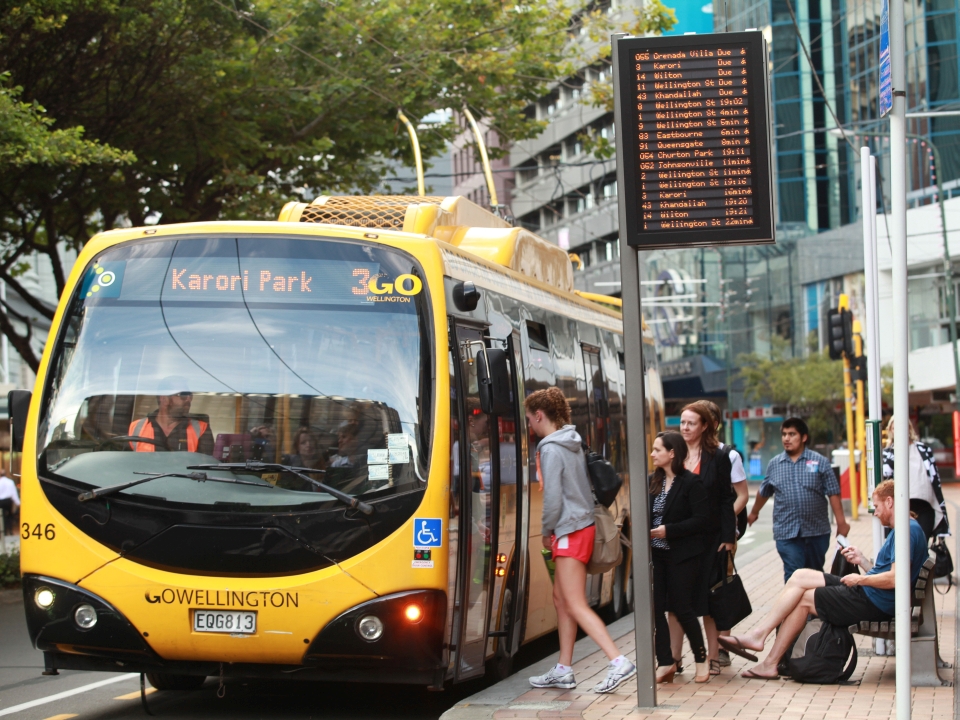
,Having people use public transport helps to ease traffic congestion. Image: NZTA.
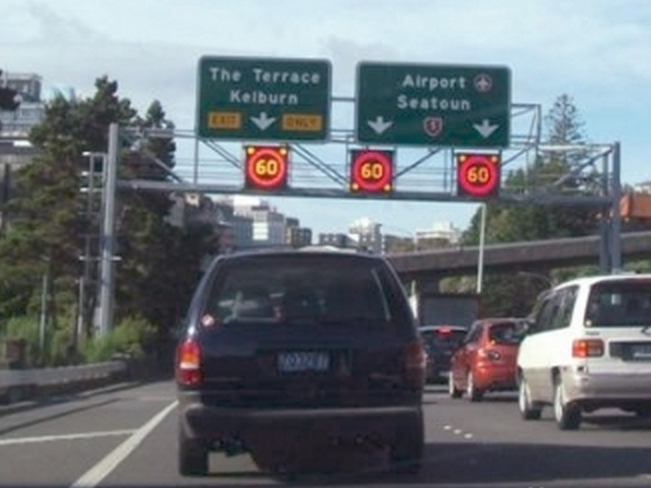
,Information and control systems let people know of traffic conditions and manage traffic flows during incidents or congestion. Image: HMI Technologies.
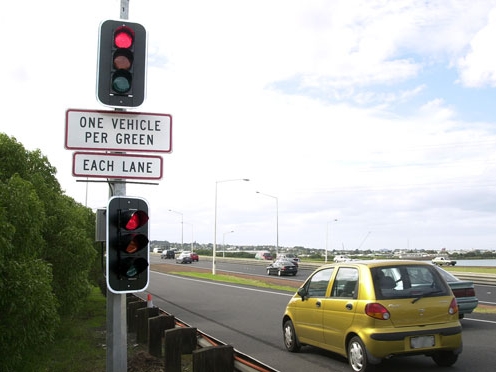
The speed of traffic on the motorway and motorway travel times are improved with ramp signals. Image: http://transportblog.co.nz/2014/02/08/do-ramp-signals-really-help/.
You could plan and do a study of traffic volumes outside your school at different times of the day.